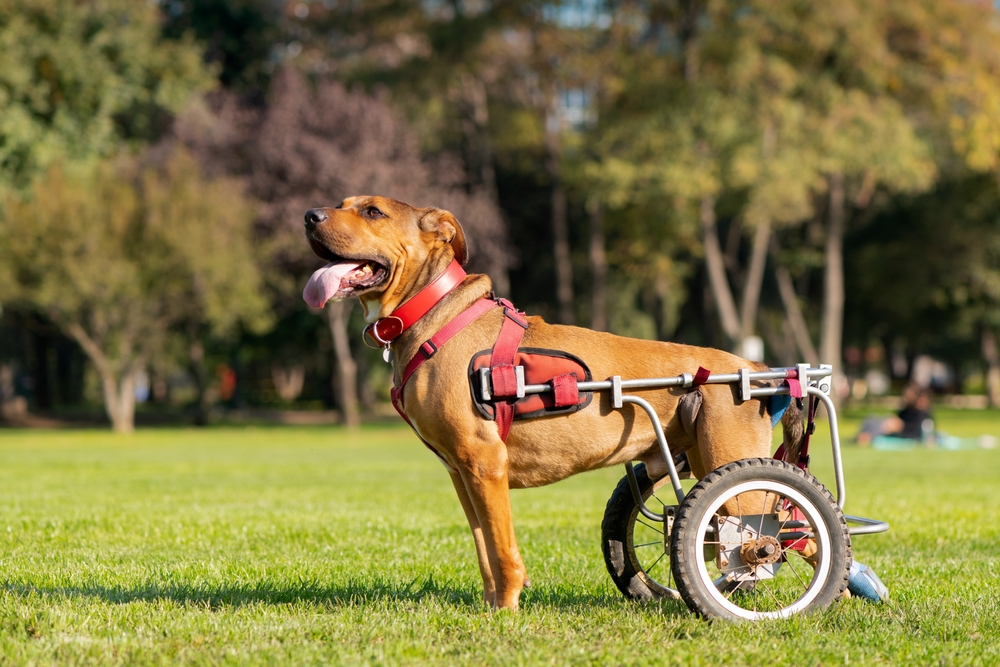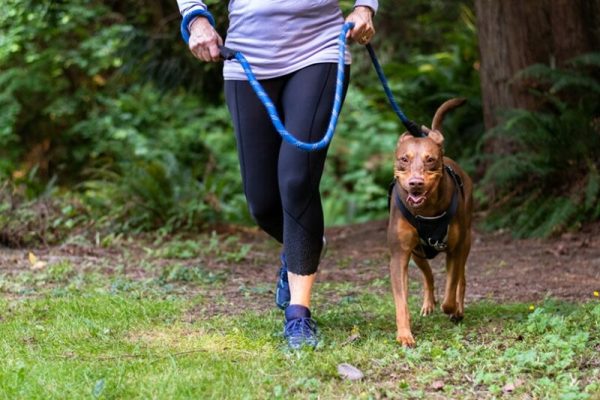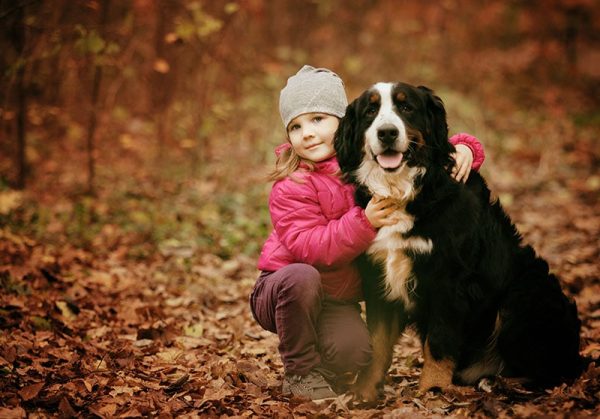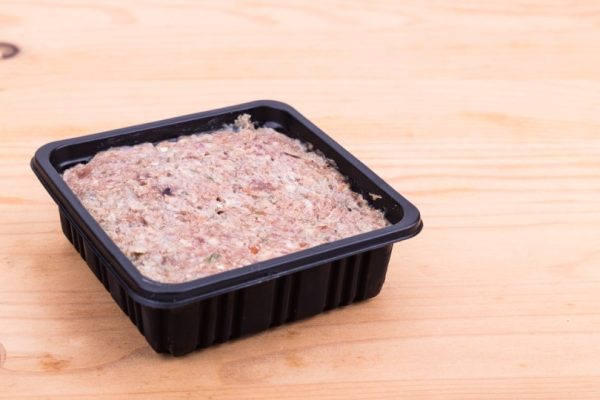In this article
The world is a difficult enough place to navigate at the best of times, and doing it with a disability is going to bring a whole host of challenges that most of us are fortunate enough to not even think about. When it comes to dogs with disabilities, we not only have to consider the world through canine eyes, but we also need to think about how those disabilities are going to impact their lives, and what we can do to ensure they are able to stay healthy, comfortable, and happy.
In the following guide, we’re going to take a look at the practicalities, considerations, and ethics of caring for dogs with disabilities, and explore some of the ways we can make their lives wonderful.

Doggy Disabilities: What Are We Talking About?
Just like with humans, the full spectrum of canine disabilities is too wide and varied to be able to talk about each and every one, but in general, we are going to be talking about physical disabilities. Psychological, neurological, and behavioral conditions are better addressed on a more individual basis.
What constitutes a physical disability for a dog is a bit of a gray area, but to give us a basic guideline, let’s consider canine disabilities to be any long term or permanent physical condition that interferes with, limits, or prevents a dog from engaging in normal behaviors without assistance.
- Blindness
- Deafness
- Missing limbs
- Paralysis
- Paresis/weakness
Although there are many health conditions that will also have a significant impact on a dog’s day-to-day life, such as injuries, arthritis, and conformation problems like hip dysplasia or brachycephalic syndrome, we wouldn’t necessarily classify these as disabilities. However, dogs affected by these issues will likely benefit from many of these recommendations and considerations.
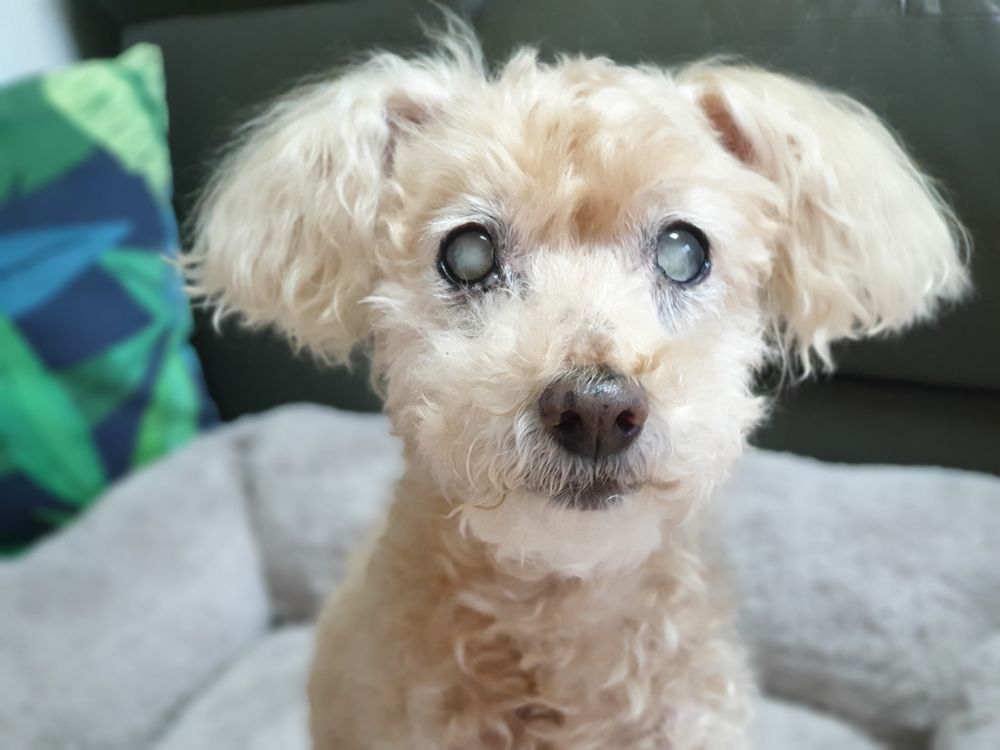

Canine Disabilities — The Ethical Considerations
When it comes to people and pets, the concept of ‘survival of the fittest’ has largely gone out the window. Our nurturing and compassionate natures mean that we look after those who need extra help, and unfortunately, the selective breeding of dogs for aesthetics rather than health has resulted in many breeds that are born with, or have a high risk of developing, a disability. Let’s be honest; there’s no way that the fast food generation is making it past the next ice age with their French Bulldogs or Chihuahuas in tow (mine included!).
For better or worse, when it comes to humans, the rationale tends to be ‘life at any cost’. When it comes to dogs, however, we may be faced with difficult choices about our pet’s suffering and quality of life. Whether its a congenital defect or an acquired condition, there are some key questions to consider when deciding how to address a disability, and it is important to be realistic, honest, and pragmatic:
- Are they living, or just alive?
- Do they have a good quality of life?
- Are they suffering?
- Are they still able to enjoy doing doggy things?
- Am I physically, emotionally, and financially able to provide what they need?
There Is No One Rule for All
I used to treat a Pug at my practice who had a painful ocular condition that resulted in blindness, but also caused the eyes to become painful, so she had both removed. She was one of the happiest little dogs I’ve ever known. Her owner told us that she always seemed to know when the car was approaching the vet practice, and she got so excited! When she arrived, she would tear around saying hello, and demanding a fuss and cuddle from everyone. You would never guess that she was blind from the way she moved!
Other dogs that have lost their sight become anxious, stressed, or depressed, and seem unable to cope with their disability. We cannot make assumptions or decisions based purely on the type of disability we are dealing with; we need to look at the whole picture.
If you are worried about your disabled dog’s quality of life, it’s important to talk to your vet. It doesn’t matter if your dog’s world looks a bit different to that of ‘normal’ dogs; what matters is that they can enjoy a happy, healthy life.
Did you know you can speak to a veterinarian without having to travel? Just head over to PangoVet. It's our online service where you can talk to a vet online and get the advice you need for your pet — all at an affordable price!

Now let’s explore some of the ways that you can make sure your dog’s disability doesn’t get in the way of them having a good time!

Caring for Dogs With Disabilities
There is no ‘one size fits all’ when it comes to caring for dogs with disabilities, so each individual dog and situation will be a bit different. Make use of your vet for tips and advice about how you can help your dog adapt and adjust to any limitations they might face.
Let’s address some more specific disabilities and the changes you can implement to make their world easier to navigate.
The Blind Dog
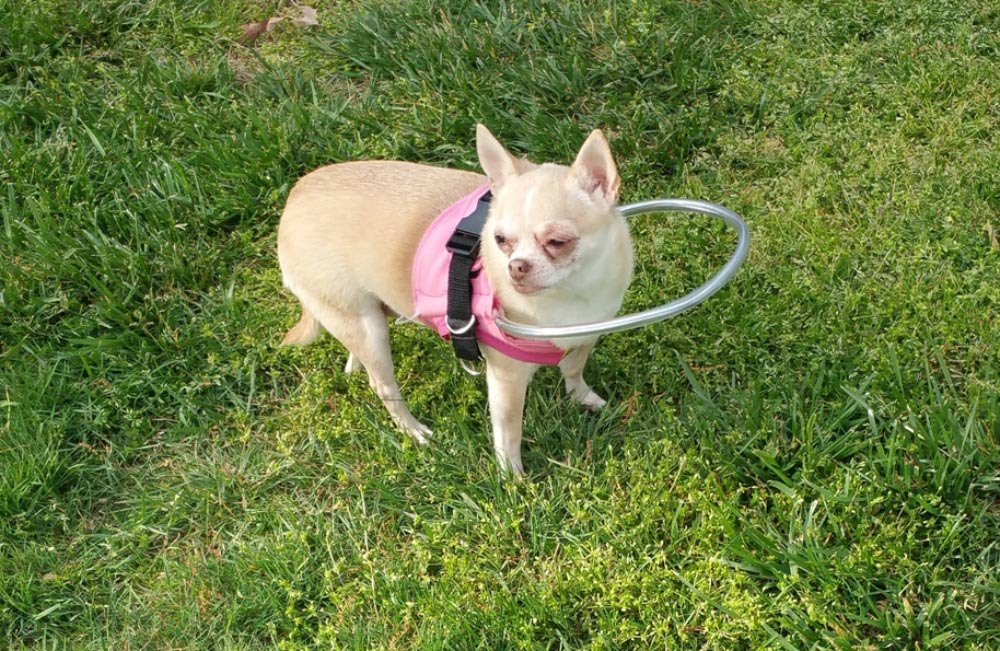
Dogs that go blind gradually, from a young age, or are born blind, tend to cope far better than those that go blind suddenly. As you can imagine, suddenly losing your sight would be upsetting, stressful, overwhelming, and disorienting. Most dogs will eventually adjust to the change, but some do not. Talk to your vet about calming medication to help them through the transition, but avoid sedatives or tranquilizers — the last thing a blind dog needs is to feel unsteady!
- Make use of their other senses — hearing in particular.
- Talk to them or even wear a bell to allow them to keep tabs on where you are.
- Avoid moving furniture around — your dog will make a mental map of the home.
- Keep them on a leash in new places.
- Use a water fountain so they can hear and smell water better.
- Get a blind dog halo or harness to keep them safe in and out of the home.
- Let others know your dog is blind.
- Use clicker training — great for all dogs, but really helpful for teaching a blind dog.
The Deaf Dog

Again, this can happen gradually, suddenly, or be something your dog is born with. Most importantly, ensure your dog has been examined by a vet in case there is a treatable reason for their hearing loss.
- Teach them specific hand signals.
- Use visual aids like flags to make sure you can get your dog’s attention when they are off leash. You can use similar principles to that of clicker training, but using a flag instead of a clicker.
- Use a long leash if your dog is not good at keeping visual contact with you.
- Let others know your dog is deaf.
- Be careful when waking your sleeping dog — they will be more easily startled. This is particularly important when there are children around.
- Use vibration — stomp on the ground or bang on walls or cupboards to get their attention.
The Amputee
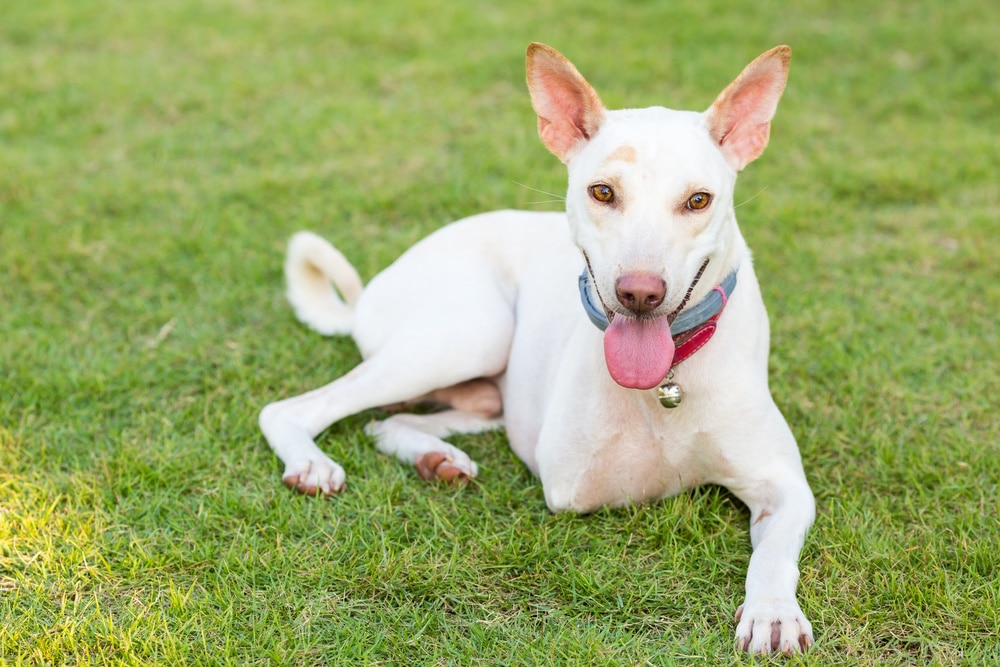
In the vast majority of cases, dogs adapt extremely well to the loss of a limb, although it will be more challenging for larger dogs and those with arthritis. There are some dogs that have only two limbs, either due to amputation or a congenital problem – these are quite special cases, and while the following tips will help, you will definitely need more input and advice from your vet.
- Take care of the other limbs! Keep paws healthy and claws trimmed.
- Watch out for pain — it is much more difficult, if not impossible, for a dog with a missing limb to limp, so it’s important to regularly check their limbs for pain by feeling along the leg and moving the joints.
- Be proactive about arthritis — if they don’t have arthritis already, the extra pressure on the remaining limbs means they are much more likely to get arthritis from a younger age.
- Get started on some good quality joint supplements.
- Talk to your vet about other measures to treat/prevent arthritis.
- Get them in the water — swimming and/or hydrotherapy is a great, low impact way to help build strength without putting too much strain on the other limbs.
- Keep them lean — overweight and obese dogs are at a higher risk for many health conditions, particularly joint disease. This will be much worse when there are fewer limbs to distribute the weight.
The Weak or Paralyzed Dog
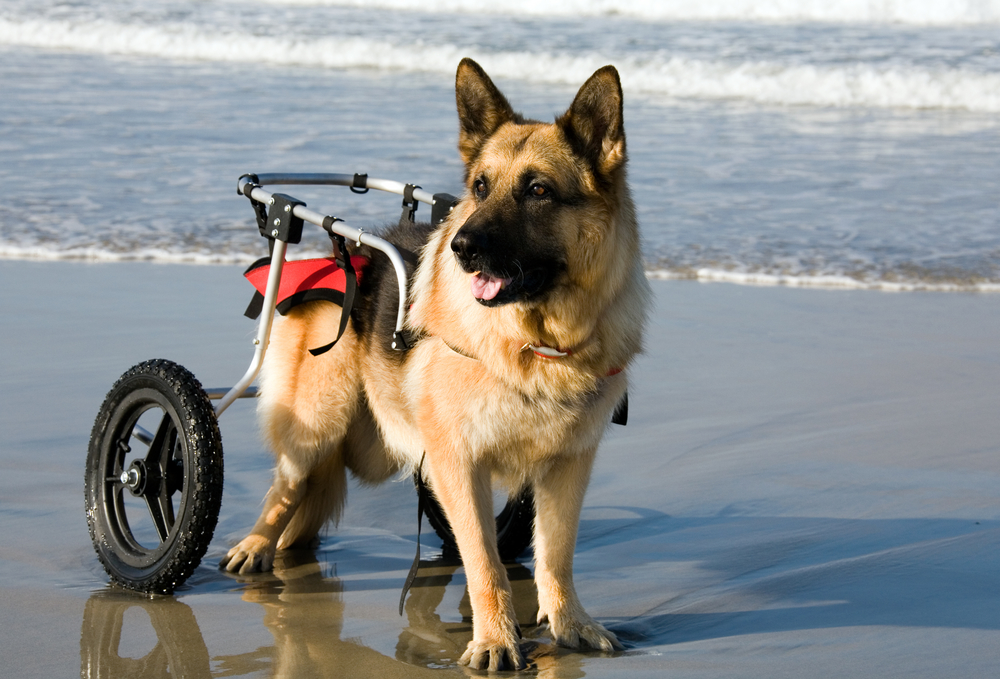
Some diseases, injuries, congenital defects, or hereditary conditions can leave a dog with weakened limbs (paresis) or complete hind limb paralysis. This is one disability where we need to be really careful about making sure our disabled dog is more than just ‘coping’. It is also important to be realistic about what you can cope with too. Dogs with hind limb paralysis will often have urinary and/or fecal incontinence, or may need help to express their bladder.
Dogs with permanent weakness or paralysis of all four limbs are going to have a severely compromised quality of life, and this needs to be considered when making plans and decisions about their future.
- Look out for wounds — your dog may not be able to feel an injury, and dogs with paresis or paralysis are prone to getting pressure sores or wounds from dragging feet.
- Provide grip — slippery floors are a challenge for even the most able bodied dogs, let alone those that aren’t able to control their limbs. If you have hard flooring, make sure there are non-slip mats to help your canine buddy out.
- Provide support — a support sling can be a real lifesaver for helping your dog up and down, and they come in lots of different shapes and sizes, for front limb support, hind limb support, or whole body support.
- These are also great for other mobility issues like arthritis or surgical recovery.
- Protect the feet — dragging feet can lead to injured toes and claws, so using non-slip boots can protect them from injury, as well as provide some grip for dogs with weakened legs.
- Wheelchairs — we’ve all seen those crazy Dachshunds barrelling about on two legs and two wheels, and doggy wheelchairs can be the perfect solution for a dog with hind limb paralysis or paresis. They are an option for dogs of most sizes, but we need to be mindful that larger dogs will find them more challenging to use.
- Be prepared to spend a few hundred dollars for a decent wheelchair, and make sure it is fitted correctly to avoid injury.
- Hygiene — if urinary or fecal incontinence is an issue, it is vital to stay on top of your dog’s cleaning. Skin scalding and infection can be horrible and painful consequences of a leaky dog, and it can also have a profound impact on a dog’s emotional wellbeing.
- Physiotherapy — talk to your vet about getting a referral for physiotherapy and hydrotherapy. The potential improvements in physical and emotional wellbeing for dogs that receive this type of treatment are incredible.
- Acupuncture — the benefits of this ancient practice are becoming increasingly recognized in human and veterinary medicine. Acupuncture can help relieve pain and aid in recovery by stimulating blood flow and nerve growth factors.

Final Thoughts
Dogs with disabilities don’t need to miss out on all the good things that life has to offer. There are lots of ways we can improve their physical, emotional, and mental wellbeing by making small changes in our homes and routines. While there are lots of advancements and methods for helping our disabled canine companions have a better chance of survival, it is important that we carefully consider the quality of the life our dog will be able to lead.
Disability is not a death sentence, and even the smallest of adjustments can make a huge impact on our dog’s lives, although it might mean that their world looks a little different.
Remember, ‘normal’ doesn’t matter; happiness does.
Featured Image Credit: Jose Luis Stephens, Shutterstock


